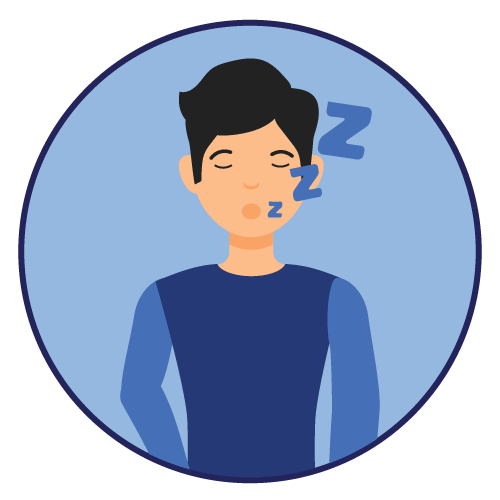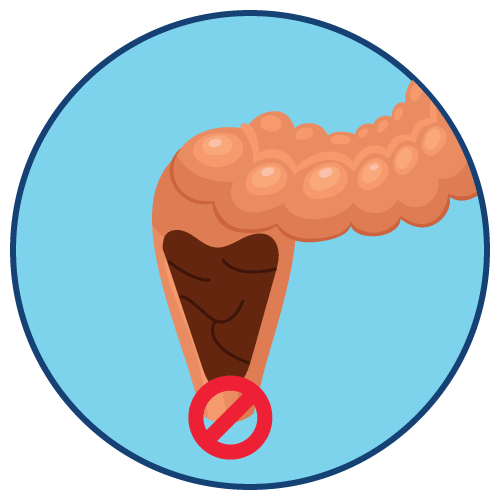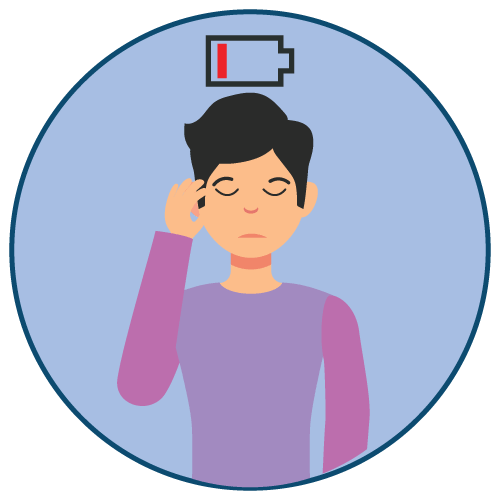Medicine details
| Image |  |
| Name | Parotin 20 |
| Dosage | Tablet |
| Generic Name | Paroxetine |
| Classes |
Central Nervous System Agent Psychotherapeutic Agent Serotonin Reuptake Inhibitor (SRI) |
| Diseases |
Anxiety CNS Disorder Depression Obsessive Compulsive Disorder (OCD) Panic Attack PTSD Stress |
| Company | ACI Limited |
Drug Package Details
| Strength | 20 mg |
| Storage Condition | |
| Origin Country | Bangladesh |
| Commercial Pack | 30 |
| Price per pack | ৳ 302.10 |
| Cost per pack | ৳ 265.85 |
| Package unit | 10 tabs strip |
| Price per unit | ৳ 10.07 |
| Cost per unit | ৳ 8.86 |
| Discount | 0 |
| Coupon | |
| Remarks |
Paroxetine
Paroxetine belongs to a class of drugs called the Selective Serotonin Reuptake Inhibitor (SSRI). The efficacy of paroxetine is presumed to be linked to potentiation of serotonergic activity in the central nervous system resulting from inhibition of neuronal reuptake of serotonin (5-hydroxy-tryptamine, 5-HT).
Paroxetine is indicated in the following conditions-
- Major Depressive Disorder
- Obsessive Compulsive Disorder
- Panic Disorder
- Social Anxiety Disorder
- Generalized Anxiety Disorder
- Post-traumatic Stress Disorder
- Major Depressive Disorder: The suggested daily intake is 20 mg. In general, patients recover after one week, but this may not be apparent until the second week of treatment. Dosage should be examined and changed if necessary after 3 to 4 weeks of starting medication and as clinically appropriate thereafter, as with any antidepressant pharmaceutical drugs. In certain patients who do not respond to 20 mg, the dose may be gradually increased up to a maximum of 50 mg per day in 10-mg increments, depending on the patient's response. Patients with depression should be treated for at least 6 months to guarantee that they are no longer experiencing symptoms.
- OBSESSIVE COMPULSIVE DISORDER: Paroxetine should be taken as a single daily dose, with or without food, in the morning. Paroxetine is prescribed at a daily dose of 40 mg for the treatment of OCD. Patients should begin with 20 mg/day and gradually increase the dose in 10-mg/day increments. Dose adjustments should be made at least once a week. In the clinical trials demonstrating the efficacy of Paroxetine in the treatment of OCD, patients were given doses ranging from 20 to 60 mg/day. The maximum daily dose should not exceed 60 mg.
Following side effects were reported with the use of paroxetine-
- Somnolence
- Insomnia
- Agitation
- Tremor
- Constipation
- Nausea
- Diarrhea
- Asthenia
- Low libido
- Treatment with paroxetine should be started with caution two weeks after stopping an irreversible MAOI or 24 hours after stopping a reversible MAO inhibitor. The dosage of paroxetine should be gradually increased until an optimal response is achieved.
- Paroxetine should not be used to treat children or adolescents under the age of 18. Suicidal behavior (suicide attempt and suicidal thoughts) and hostility (predominantly aggression, oppositional behavior, and anger) were more frequently observed in clinical trials among children and adolescents treated with antidepressants versus those treated with placebo.
- Suicidal ideation, self-harm, and suicide are all associated with depression (suicide-related events). This risk exists until there is significant remission. Patients should be closely monitored until such improvement occurs because improvement may not occur during the first few weeks or more of treatment. Suicide risk may increase in the early stages of recovery, according to clinical experience.
- Other psychiatric conditions for which paroxetine is prescribed have been linked to an increased risk of suicidal ideation. Furthermore, these conditions may co-occur with major depressive disorder. The same precautions should be taken when treating patients with major depressive disorder as when treating patients with other psychiatric disorders.
- Patients with a history of suicide-related events, or those exhibiting a significant degree of suicidal ideation prior to commencement of treatment are known to be at greater risk of suicidal thoughts or suicide attempts, and should receive careful monitoring during treatment.
- The use of paroxetine has been linked to the development of akathisia, a condition characterized by an inner sense of restlessness and psychomotor agitation, such as the inability to sit or stand still, which is usually associated with subjective distress.
- Caution is recommended in patients with severe renal impairment or in those with hepatic impairment.
Contraindication
- Contraindicated in patients hypersensitive to any component of the medication.
- Co-administration with MAOI is contraindicated. Examples of MAOI-
- Concomitant use with pimozide is contraindicated.
- The use of MAOIs intended to treat psychiatric disorders with Paroxetine or within 14 days of stopping treatment with Paroxetine is contraindicated because of an increased risk of serotonin syndrome. The use of Paroxetine within 14 days of stopping an MAOI intended to treat psychiatric disorders is also contraindicated
None known.
None known.








 Bangla
Bangla English
English